One could argue that the MAPS treatment manual personifies inner healing intelligence as sentient, endowing it with personal attributes such as reliability, punctuality, helpfulness, and wisdom. (Much of the following information is derived from a preprint written by Sasha Sisko.) Mithoefer has acknowledged that although the inner healing intelligence may sound “a little New Agey or woo-woo” and “unscientific”, it is nonetheless “based on reality”.
On the Psychedelics Today podcast, the host Kyle Buller asked Mithoefer to define inner healing intelligence, and he conceded that the term ‘inner healer’ is “a little bit of an anthropomorphisation”, which isn’t “perfect”. He thinks ‘inner healing intelligence’ is better, but “people can get hung up on ‘what do you mean by intelligence?’” ‘Inner healing capacity’, he says, is therefore preferable.
So while personifying this capacity may not be accurate or evidence-based, Mithoefer maintains that the psyche has the ability to heal itself, so long as obstacles are removed and favourable conditions for healing are created. He compares this to immunotherapy for cancer:
The idea [is] that we’re just stimulating and removing blocks to the person’s own capacity to heal this, so I think it’s very clear the same exists in the psyche.
But he goes on to state that although “this is the best we can do in terms of models of understanding”, it’s “every bit as real as the wound healing or the immunotherapy, [it’s] just we don’t understand…the mind as well as we do the immune system”. Ann Mithoefer, Michael’s wife and a fellow MAPS MDMA therapy investigator, said on the podcast that “PTSD is…an obstacle to that natural [healing]”.
However, we should bear in mind that clinical trial participants are given a suggestibility- and meaning-enhancing drug. In addition to these effects, ‘set’ (the expectations you have going into an altered state) can influence the outcome of the experience. Being primed to access your ‘inner healer’, alongside enhanced suggestibility and meaning, can all help to encourage a felt experience of an inner healing intelligence – a wise internal presence that is doing the healing.
So while an Iraq war veteran in a MAPS MDMA trial stated “It feels almost like the inner healer or the MDMA is like a maid doing spring cleaning,” we should be aware that such participants are prepared with concepts like inner healer. If trial participants and clients in facilitated sessions aren’t told about concepts like inner healing intelligence, then the sense of accessing an inner healer could become less common during sessions.
Devenot has referred to MAPS’ approach to MDMA therapy as “a form of faith-based healing”, due to therapists being told to ‘trust’ that difficult emotions are productive and emerge at the ‘best time’, according to the wisdom of the inner healer. Furthermore, she argues that while defining ‘inner healing intelligence’ as a person’s innate capacity to heal “sounds analogous to the body’s ability to heal damaged tissue, the inner healing intelligence is a Grofian concept that attributes healing to “ordinarily hidden spiritual dimensions of existence””.
For critics, the psyche’s self-healing mechanism(s) has not been validated. The lack of an evidence base for it, therefore, would make belief in it an article of faith. And this would be a belief that trial subjects and clients in psychedelic therapy are asked to put their ‘trust’ (or faith) into. One MAPS MDMA therapy trial participant (‘Mel’), who experienced suicidality following her participation in the study, remarked [12:55] that treatment sessions involved several discussions about the
“body’s ability to heal itself”
adding that she was told to believe in the power of her “inner healer”. She felt frustrated with the therapists’ fixation on a concept she struggled to comprehend, and she found these recommendations “very vague and not entirely helpful”. She said, “I don’t know where my inner healer is”.





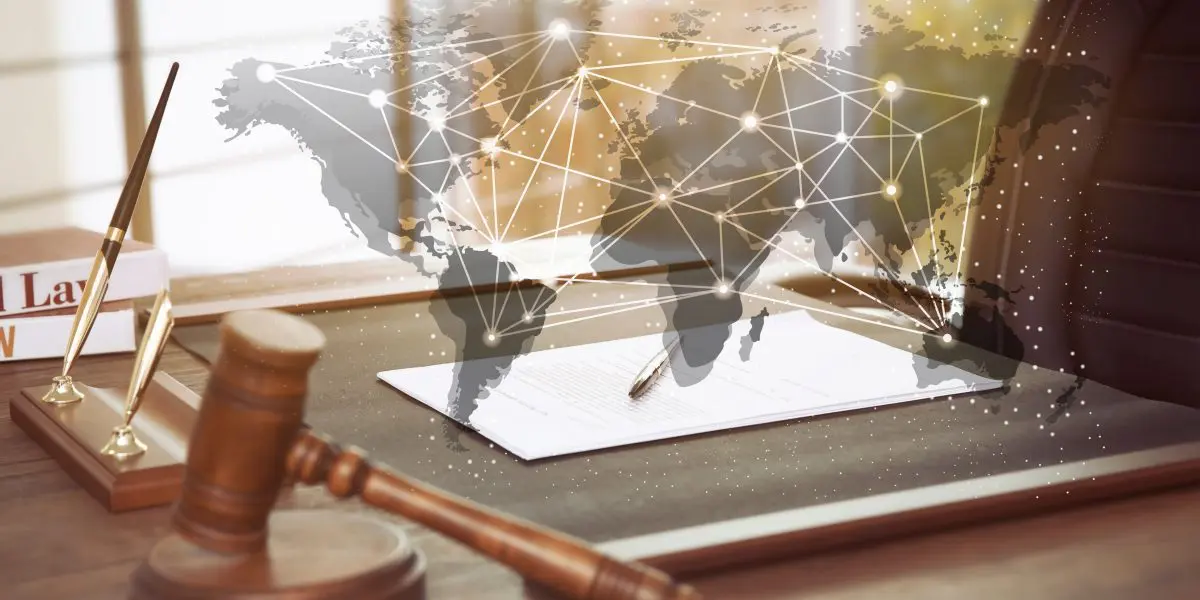



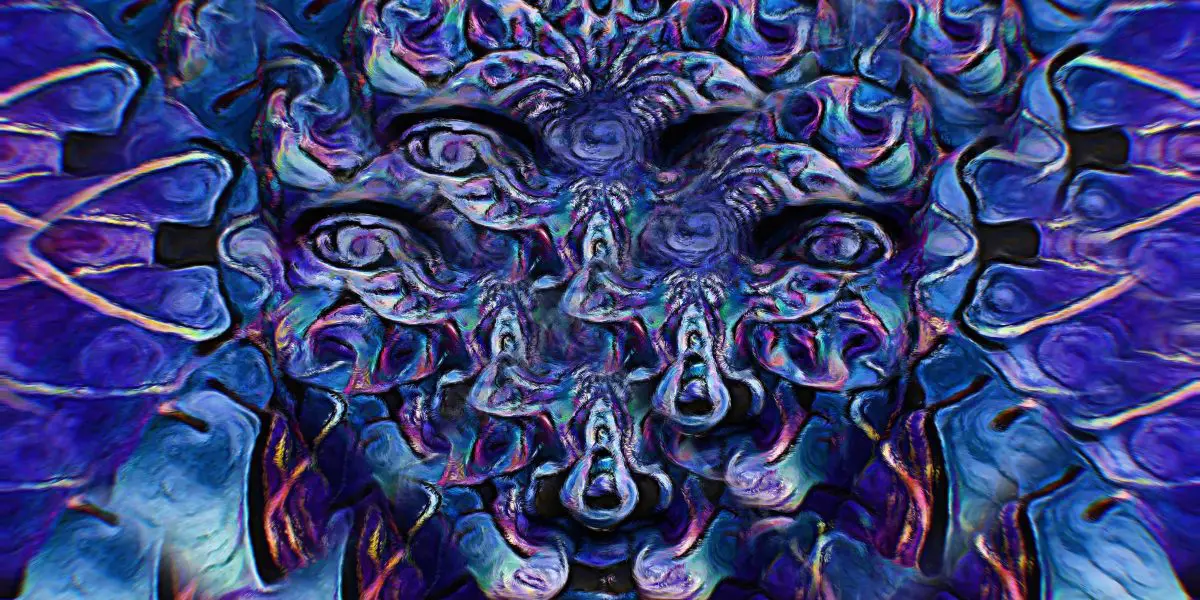
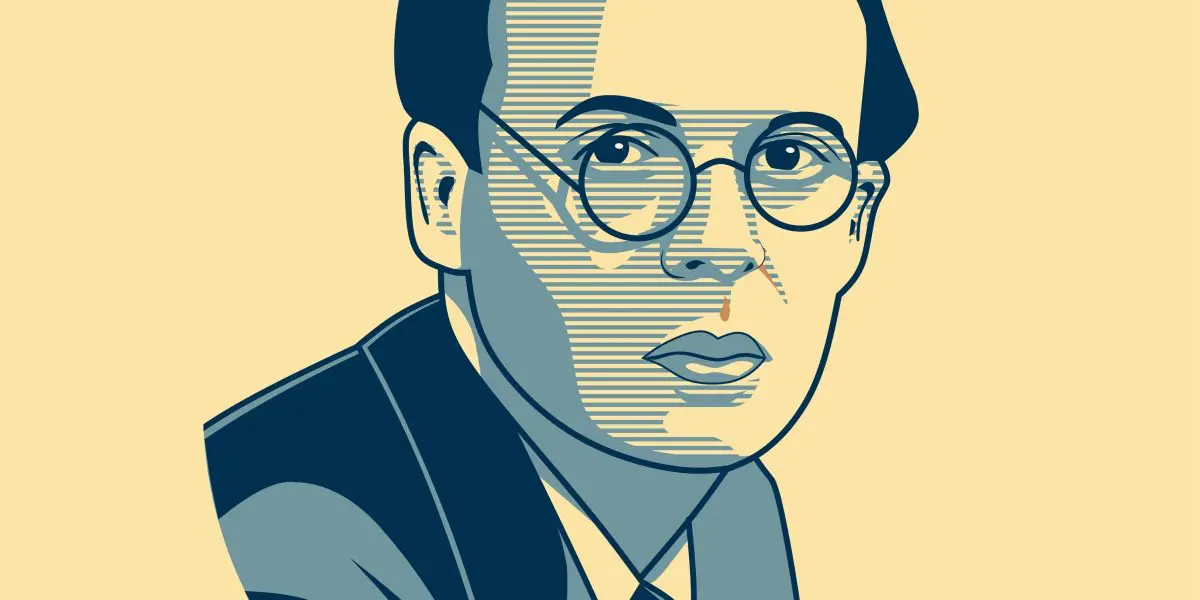
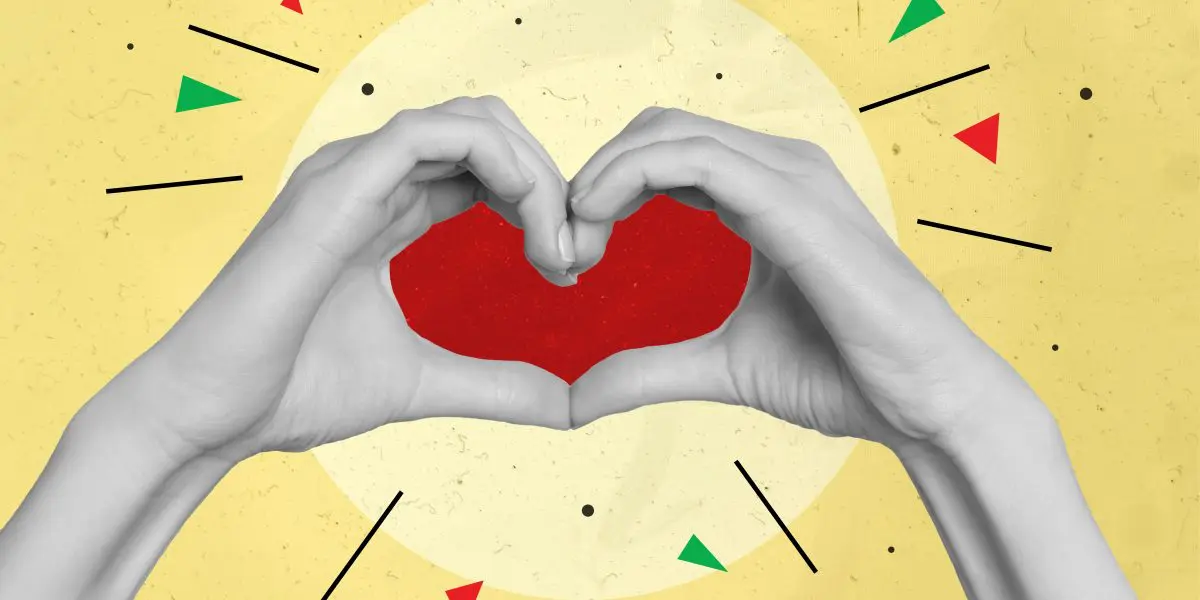
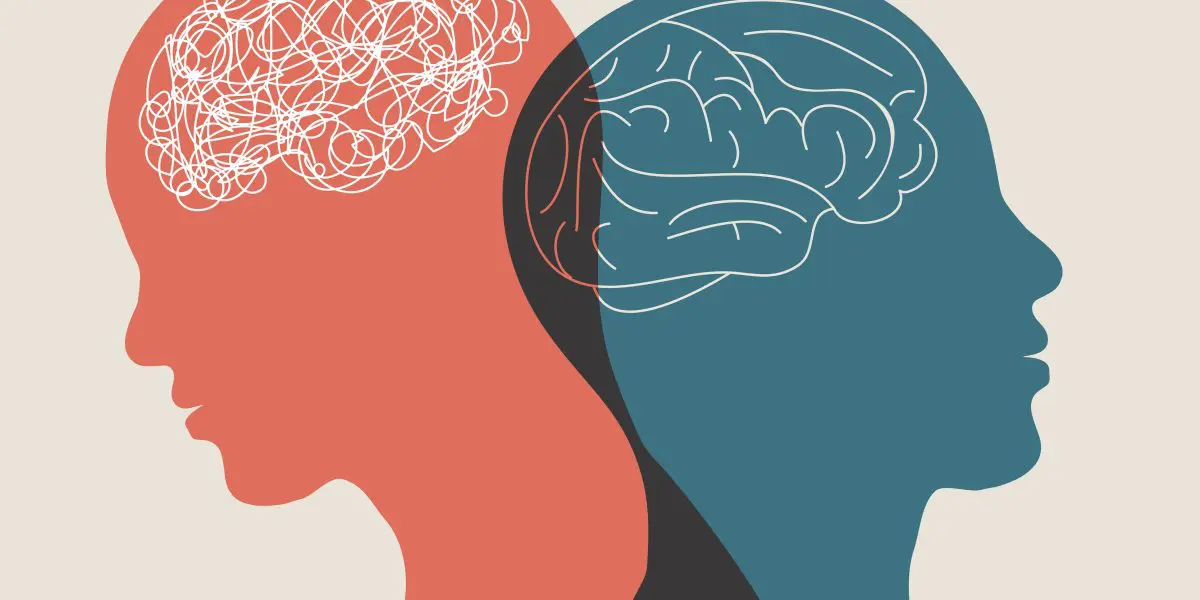


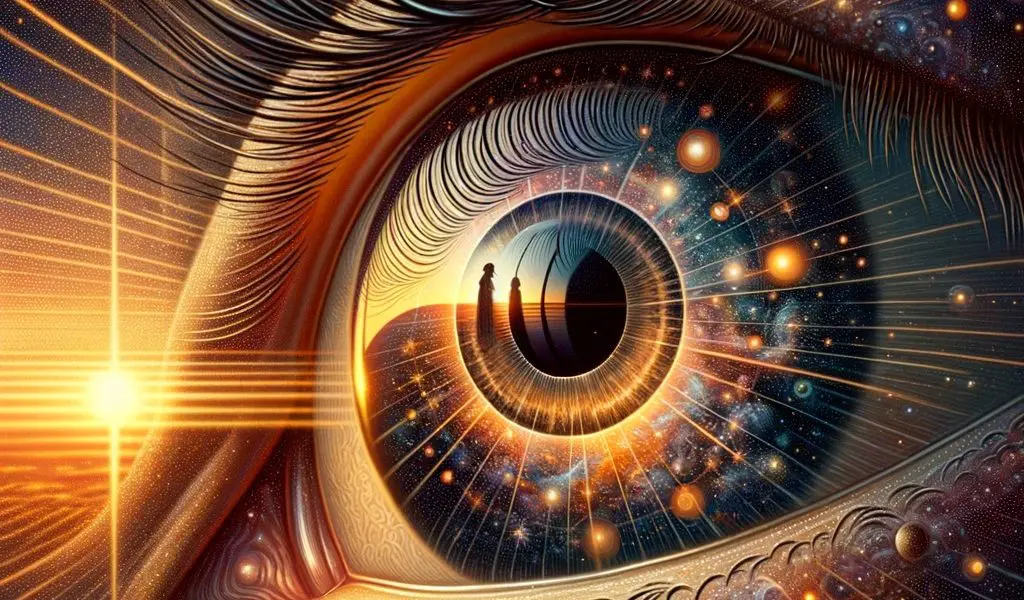



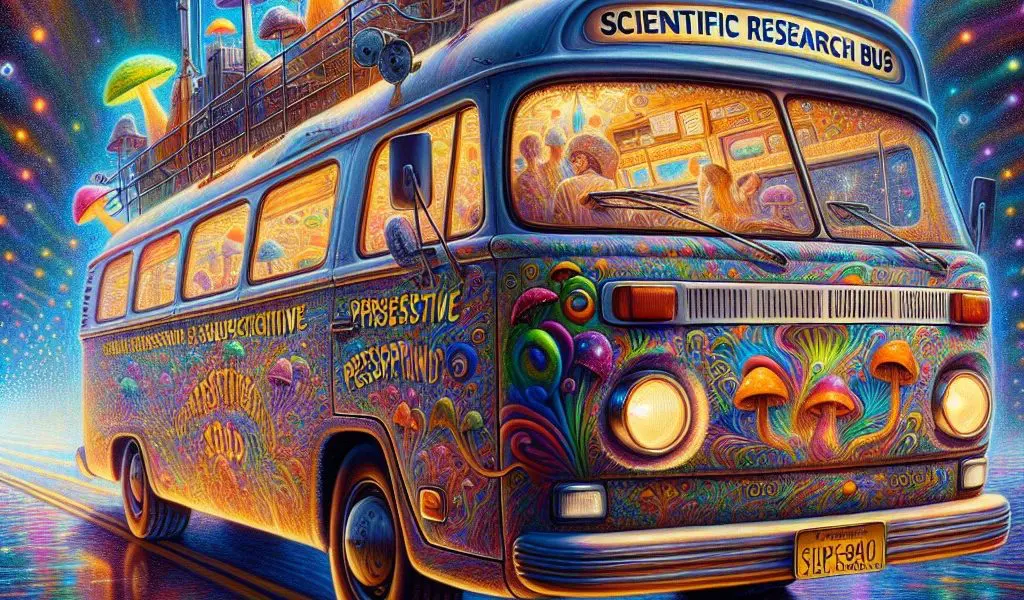

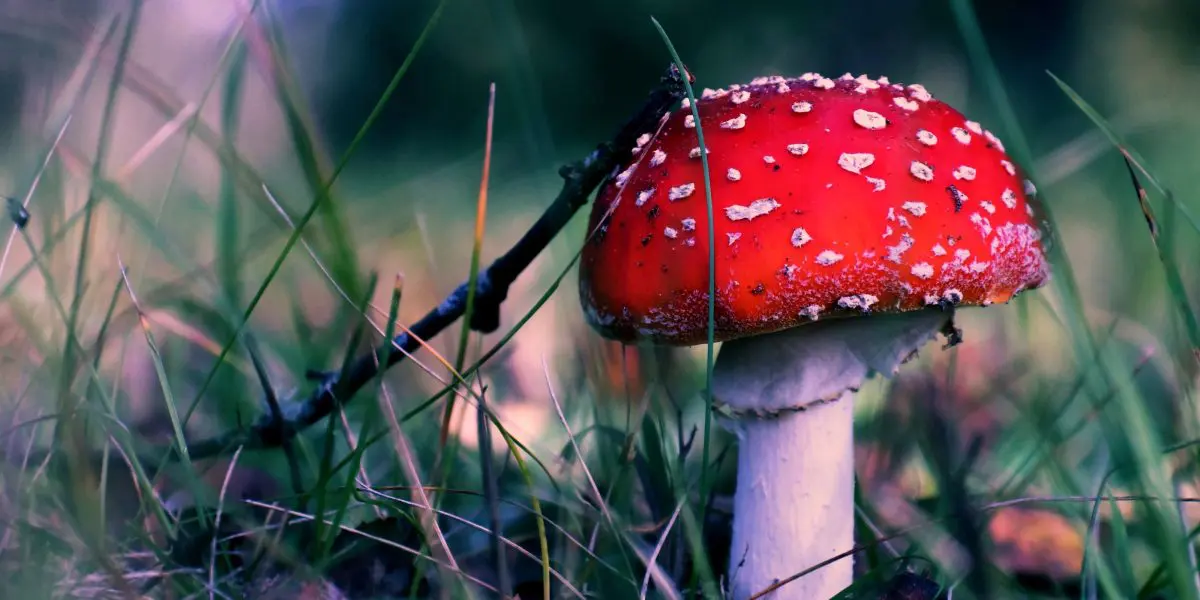
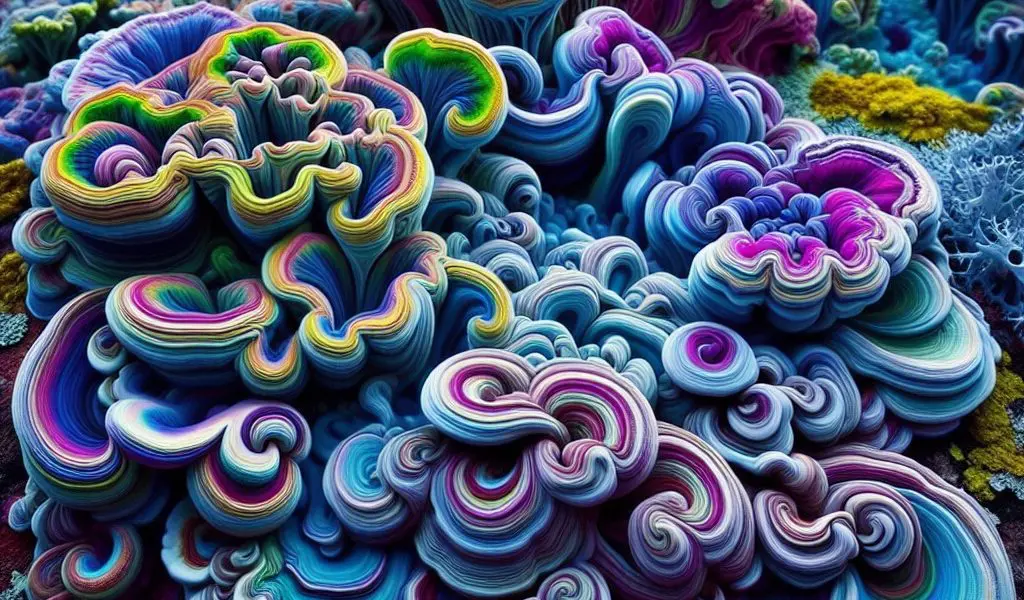
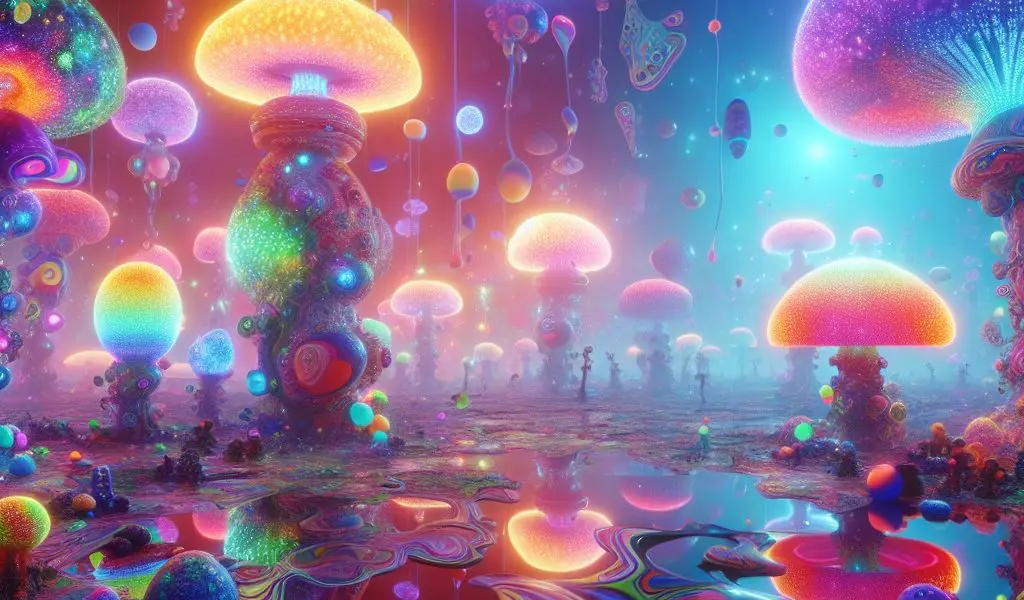








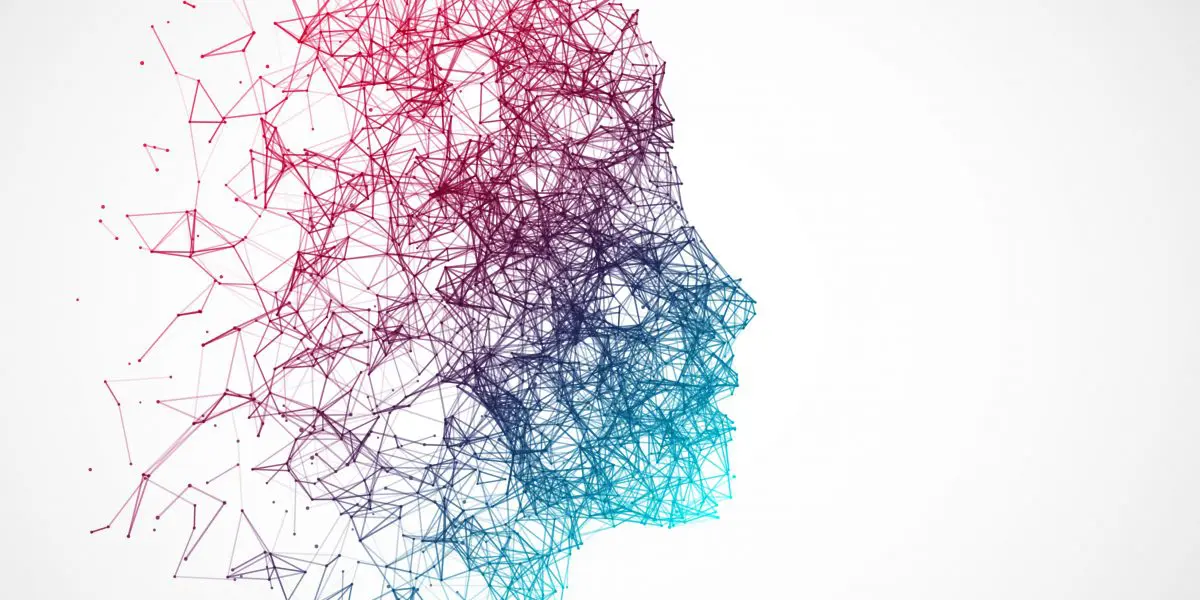

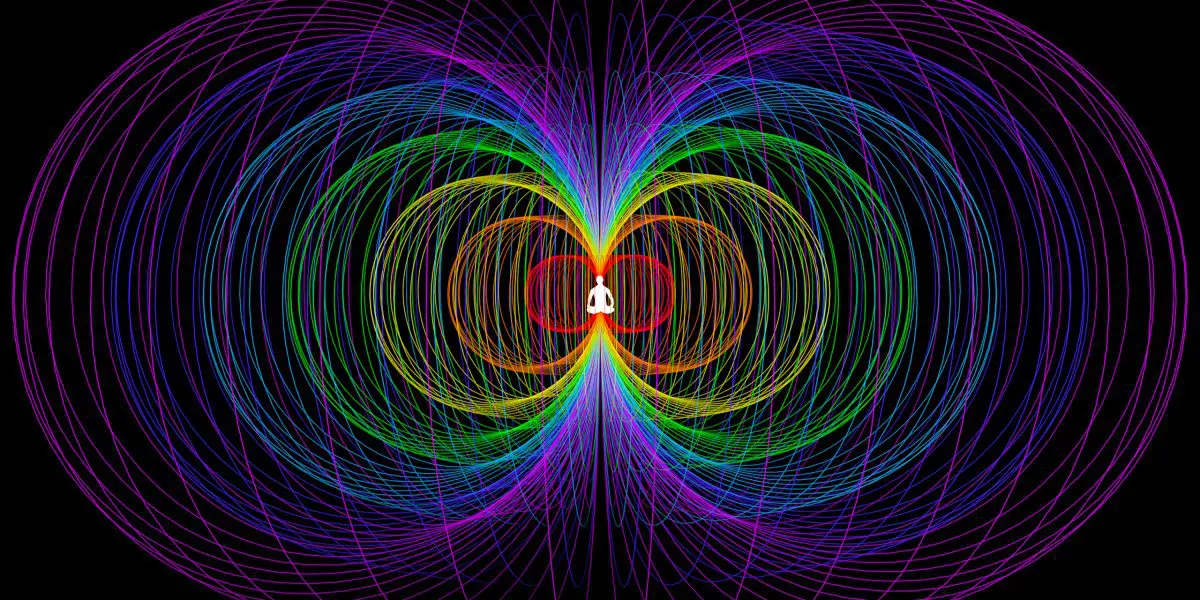
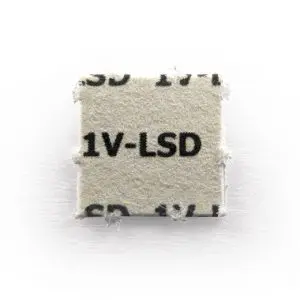
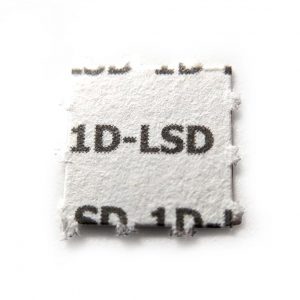
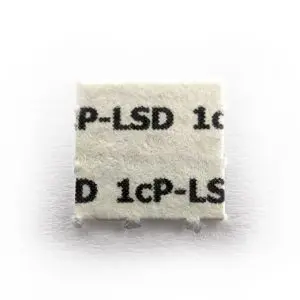
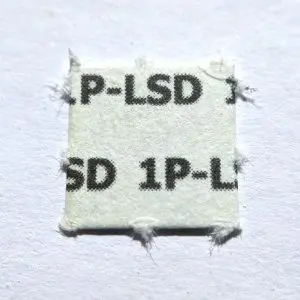

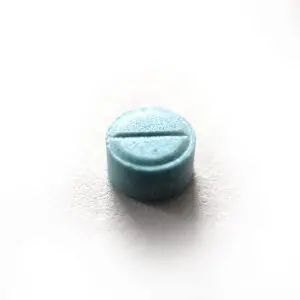
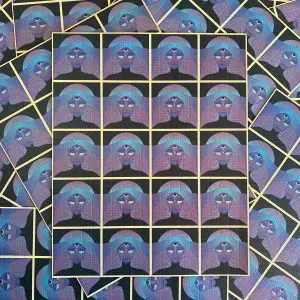
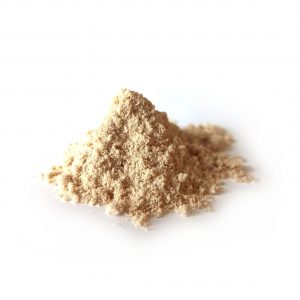
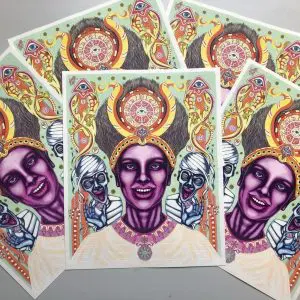



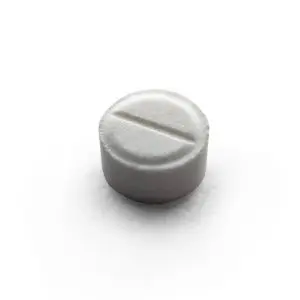

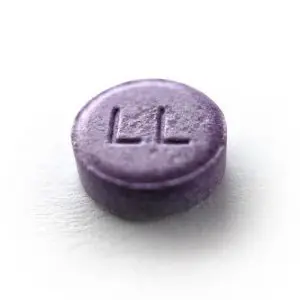
share your toughts
Join the Conversation.
Cool.